Toyota has outlined plans for its innovative e-Palette autonomous electric vehicles to provide practical on-demand transport services for customers in different markets and regions in the early 2020s.
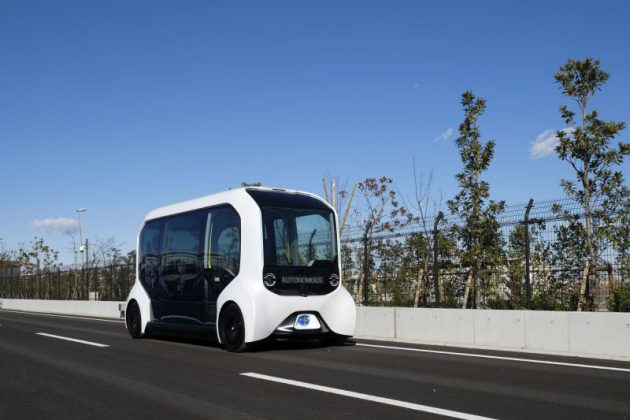
Working with a range of partners, the autonomous vehicles will be deployed at Toyota’s Woven City, a fully connected prototype city of tomorrow being built in the foothills of Mount Fuji in Japan.
This real-world testing will pave the way for commercial operation in the next few years with automated e-Palette vehicles delivering goods, services and mobility to people when and where they are needed (Autono-MaaS1).
Toyota’s e-Palette symbolises the global company’s transition from carmaker to mobility provider, going beyond the scope of conventional cars to offer new services and value.
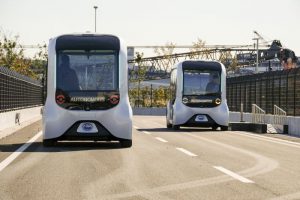
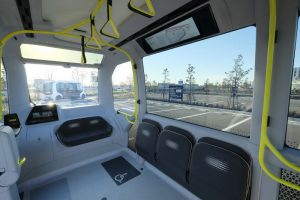
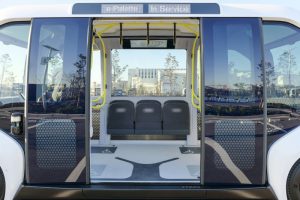
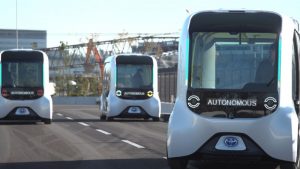
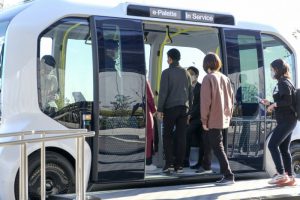
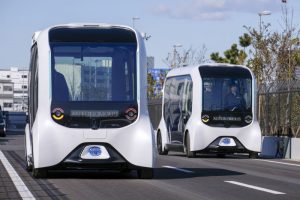
Development of the e-Palette also recognises that COVID-19 has changed the way people lead their lives, creating more diverse mobility needs. These include physical distancing between passengers and greater demand for goods and services to be brought to people, rather than people travelling to receive them.
An ageing society will generate further mobility issues and increase demand for new services that the e-Palette and other Autono-MaaS options can help address.
To meet these types of demands, Toyota has developed an advanced e-Palette operations management system that is designed to reduce customer waiting times, ensure safety and alleviate congestion.
It has applied the renowned “just-in-time” principle that is central to Toyota’s vehicle manufacturing processes, enablinge-Palette vehicles to “go where they are needed, when needed and on time” delivering goods and providing services.
An Autonomous Mobility Management System (AMMS) dispatches vehicles when and where they are needed while a Task Assignment Platform provides a visual computer interface that enables easy monitoring of vehicles by workers at a control centre.
Schedules can be changed as necessary, with vehicles dispatched and returned automatically based on real-time mobility needs. When extra vehicles are required, operating intervals can be adjusted to ensure even spacing of services.
Any vehicle problems are automatically detected; the affected vehicle is returned to the depot and a replacement is dispatched immediately to maintain smooth service.
In an emergency, vehicles can be stopped and returned to service remotely, with an extra level of safety management to give passengers complete peace of mind.
 FastMotoring Motor News In Speed
FastMotoring Motor News In Speed

